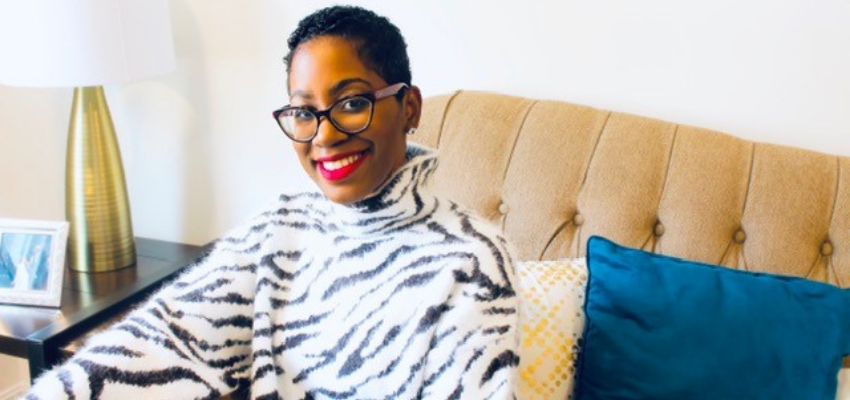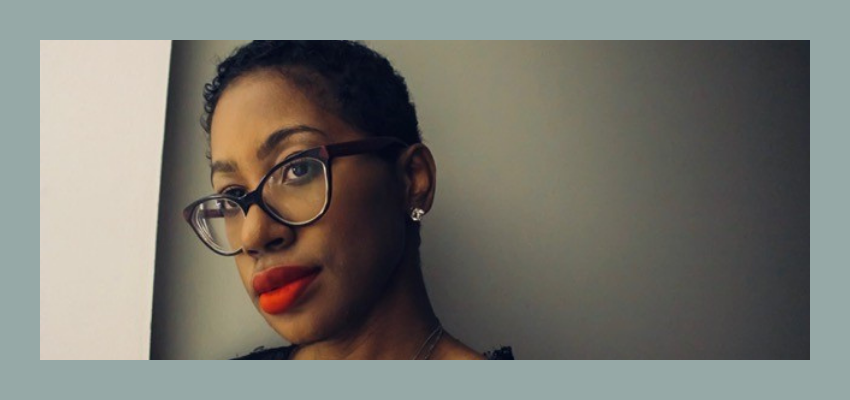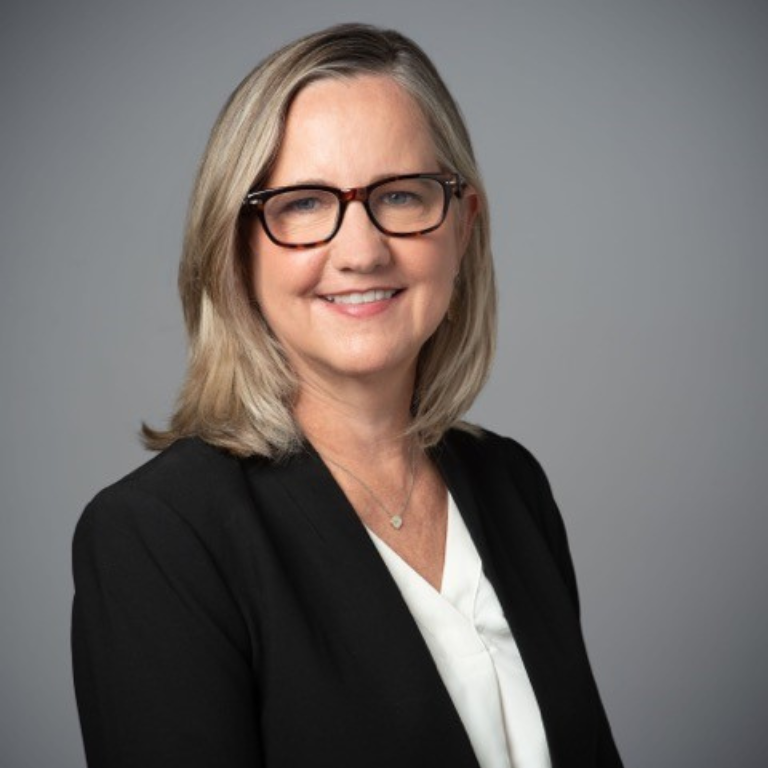From fear to knowledge: Tianna Wayns’ journey to genetic testing
- 12/08/21

Tianna Wayns was a 20-year-old student at Howard University when she first heard about genetic testing for inherited cancer risk. During a routine gynecologic appointment, a nurse practitioner noticed that both her grandmother and an aunt on her mother’s side had been diagnosed with breast cancer. Tianna recalled the nurse practitioner mentioning genetic testing for breast cancer risk as “something new” she might want to consider, based on her family history. The test could tell her whether she had inherited a mutation in the BRCA1 or BRCA2 gene, which would indicate she was at high risk for developing breast cancer and possibly ovarian cancer.
“I just kind of dismissed it,” said Tianna. “I thought, ‘Ugh, that is not something I have to do right now. They just want to charge me for something else!’ And my grandmother and aunt never really discussed what happened. The attitude was always, ‘We had cancer, we are done with it, and we’ve moved on.’”
Then about decade later, in 2016, her grandmother was diagnosed with stage IV ovarian cancer, which took a major emotional toll on her four adult children — Tianna’s mother, her two aunts, and an uncle. Her grandmother’s team at Johns Hopkins University recommended they pursue genetic counseling and testing to find out whether or not a mutation was causing the cancer in the family. Tianna’s grandmother and her aunt, who by this time had received a second breast cancer diagnosis, tested positive. Another aunt tested negative. Her mother and uncle decided not to test. Tianna was advised to wait until her own mother got tested. She recalled that her insurance would only cover the cost of testing if her mom had a positive result. At the time, she wasn’t told which mutation her grandmother and aunt had.
“My mom didn’t want to know, and I get it because it really was such a difficult time for her,” Tianna said. “Plus, finding out we had the gene mutation and then trying to take preventative measures while my grandmother was not doing well would have been so tough.”
Tianna was only in her early 30s, and her doctors did not push the issue.
A ‘crazy story’
Life moved on, and in fall 2019 Tianna had her first child, a daughter named Jasmine. Soon after, while nursing, Tianna felt a lump in her right breast. At first, she dismissed it as a clogged duct that would work itself out. Still, given her family history, “something was telling me to get it checked,” she said. She had an inconclusive ultrasound and was offered a biopsy, but she opted for repeat imaging in three months because she did not want an invasive procedure while breastfeeding. Tianna eventually mentioned the lump to her mom, who told her that she, too, had been feeling something unusual in her right breast. In August 2020, both women had breast biopsies and received a cancer diagnosis on the very same day: August 18. Tianna’s mom had stage III cancer that was hormone receptor-positive and HER2-negative. Tianna was diagnosed with triple-negative cancer that was oligometastatic — meaning that even though it was stage IV, just one small area of cancer was found in her spine.
“It’s a crazy story,” Tianna said. “What are the odds that we would get diagnosed on the same day? But it was a blessing in disguise because I did not have to go through it alone, and it drew us closer.”

Planning for the future
After the diagnosis, Tianna’s thoughts immediately turned to her own daughter: Finding out if an inherited mutation had caused her breast cancer could one day help Jasmine.
“There were not any nerves there, as I had already faced the worst news,” Tianna said. “I suddenly felt obligated to get this information for my daughter and be educated enough to share it with her one day, because it will affect her, too, and possibly her children.”
Even though older generations didn’t want to talk about it, Tianna was determined to change that trajectory. She and her mother decided to move ahead with testing.
Because the women had never received precise information about their relatives’ mutation, Tianna’s mother was tested for the full panel of breast cancer-related genetic mutations — including BRCA1, BRCA2, and others — and discovered she had a mutation on BRCA1. Tianna was tested for the same BRCA1 mutation and found out that she, too, was positive. Both women underwent double mastectomies to treat their breast cancer and greatly reduce any future risk. Tianna’s mother later had a hysterectomy with ovary removal in November 2021 to lower her risk of ovarian cancer. Tianna is consulting with her gynecologist about fertility preservation as a first step before considering ovary removal.
“Testing was actually very simple to do,” she said. “Because of COVID-19, I spoke with the genetic counselor over the phone and she took my family history, including the ages at which relatives were diagnosed. I was then tested right in my gynecologist’s office — the nurse took a swab [of cells from my cheek] and it was not a long process at all.”
Knowledge is power
Knowing she carries a BRCA1 mutation not only helped Tianna make sense of her cancer diagnosis at age 35, but it also prepared her to discuss inherited risk with Jasmine one day. Still, she said she understands why her mother couldn’t face the idea of getting tested while her grandmother was dying of ovarian cancer.
“My husband even asked me, ‘What do you think it would have been like if your mother had gotten the genetic test sooner?’ I understood why she did not want to at that time. Knowing myself, if I had tested positive then, I probably would have wanted to remove my breasts and ovaries, and I might never have had Jasmine,” she said.
Tianna doesn’t dwell on the past, but she is determined to use her knowledge to benefit Jasmine and future generations. She encourages other women with strong family histories of breast and ovarian cancer to consider genetic testing and to talk openly with relatives.
“Just because you have a family history does not mean you carry the genetic mutation — one of my aunts tested negative. And if you do have it, that does not mean you have cancer,” she said.
“There are so many options women have now to lower their cancer risk. I get that people are scared and they might not want to think about it. But I urge anyone to talk to their doctor and explore genetic counseling. It won’t just help you but it will help your family, and your own children if you have them.
“Sometimes you have to confront your fears,” she added. “This was my greatest fear that I had to confront one way or another.”

Sharing her experience
Because of her test results, Tianna found out she was eligible for treatment with olaparib (Lynparza), a PARP inhibitor that is used to treat BRCA-positive, HER2-negative metastatic breast cancer. Now 36, she is doing well with few side effects and enjoys spending time with two-year-old Jasmine: “She is my therapy and I enjoy every day that I am blessed with.”
In August and September of this year, Tianna took part in LBBC’s Young Advocate Program, which gave her the tools to use her experience to help others. She has participated in local health fairs and also volunteers as a patient advocate with breast center at the hospital where she was treated. She took part in a study on a new symptom tracker app for people with cancer and hopes to join more research studies in the future.
“There isn’t enough data out there regarding young Black women diagnosed with breast cancer who have a BRCA gene,” she said.
As she looks back on all she’s been through these last 15 years, Tianna is hopeful others can learn from her journey.
“Initially I was like, ‘There could be a gene in my family causing cancer, oh really? And we could be carrying this? I don’t want to know that,’” she said. “But for me now, I can say that genetic testing has been very informative and helpful, and I just want other people to be aware of their options.”
This article was supported by the Grant or Cooperative Agreement Number 1 NU58DP006672, funded by the Centers for Disease Control and Prevention. Its contents are solely the responsibility of the authors and do not necessarily represent the official views of the Centers for Disease Control and Prevention or the Department of Health and Human Services.
Stay Connected
Sign up to receive emotional support, medical insight, personal stories, and more, delivered to your inbox weekly.


